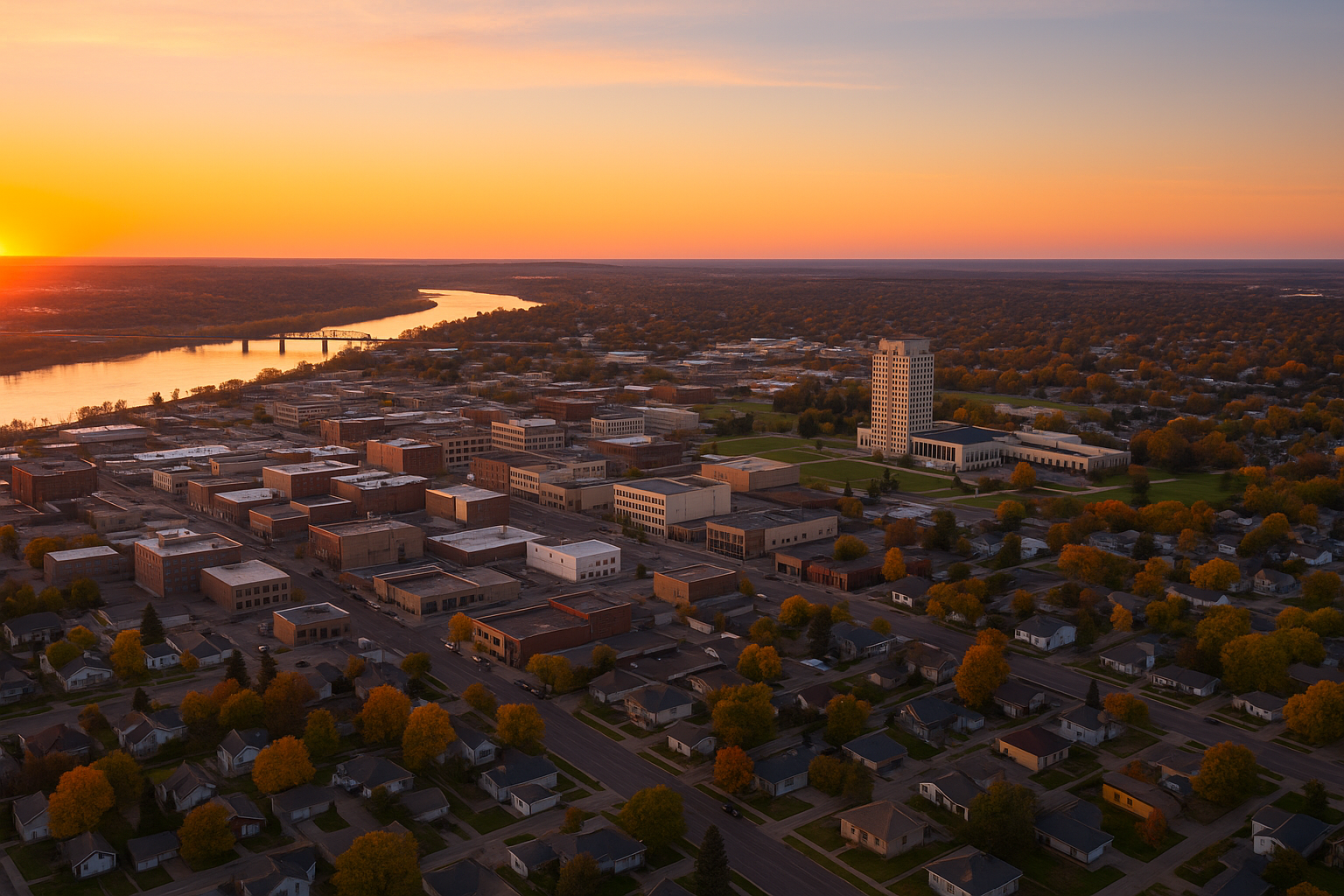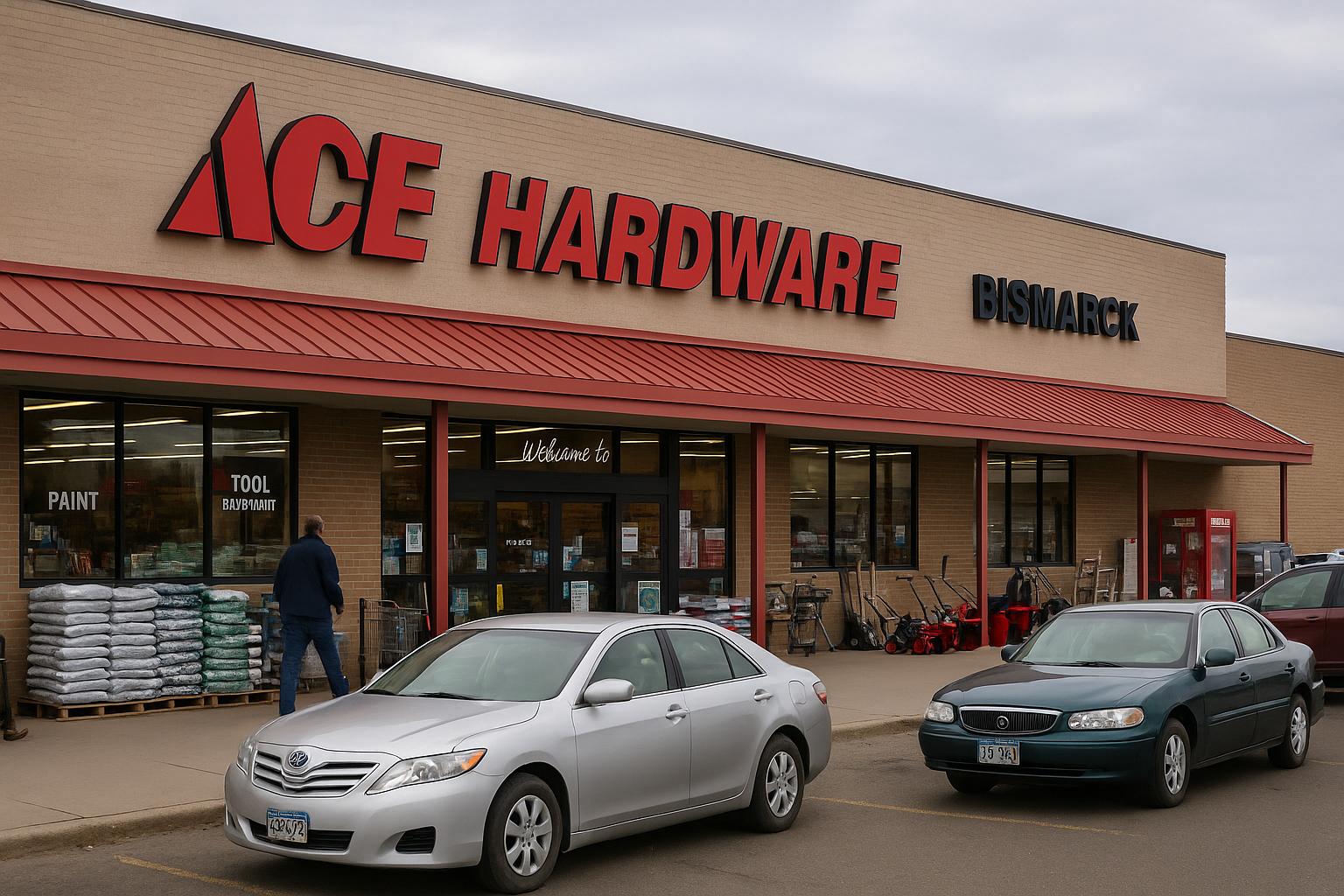The capital city continues to grow at a measured but meaningful pace. According to the latest U.S. Census and Data USA figures, Bismarck’s population rose 0.6% from 2022 to 2023, while median household income climbed 2.6%, signaling stable confidence in the local economy despite national uncertainty.
Bismarck’s steady expansion contrasts with the volatility seen in other midwestern metros. The city benefits from its role as a government, healthcare, and education hub, anchored by major employers such as:
The State of North Dakota
Sanford Health and CHI St. Alexius Health
Bismarck Public Schools
Bobcat / Doosan manufacturing operations
These sectors provide job stability and year-round income flows. Economists note that while oil and agriculture remain vital statewide, Bismarck’s diversified employment base shields it from commodity price shocks.
“This is the kind of growth that builds resilience,” said Dr. Linda Huber, an economist at Bismarck State College. “It’s not flashy, but it’s steady—and that’s what keeps a regional economy strong.”
With growth, however, comes strain. Housing affordability remains a challenge, as median home prices have risen over 5% year-over-year, outpacing wage growth. Rental vacancies have tightened, and local developers report rising construction costs and material delays.
The city’s Planning & Development Department is reviewing zoning reforms to encourage mixed-use and higher-density housing near downtown and university areas.
North Dakota’s low unemployment rate (currently hovering around 2.0%) reflects a strong labor market, but for employers, it also means tight competition for workers. Bismarck companies are increasingly turning to:
Internship-to-hire programs with local colleges
Flexible scheduling and remote options
Housing stipends or relocation bonuses
Industries like healthcare, construction, and tech services continue to show the highest demand for skilled labor.
Residents cite safety, short commutes, and access to nature as reasons for staying. Parks expansion, downtown revitalization, and cultural events (like the Downtowners Street Fair and Dakota Film Festival) enhance Bismarck’s livability.
As Bismarck heads into 2026, the key challenge will be managing growth sustainably—expanding housing and infrastructure while preserving community character. For now, the data tell a reassuring story: a capital city growing steadily, led by stable institutions and forward-looking leadership.



